Wall washing fixture selection and commissioning
In the first two articles, we discussed the characteristics of wall washing and the main points of high space wall washing:
gartenmöbel design
bettwäsche tom und jerry
planeta sport muske patike novi pazar
giorgio armani sport
adidas beckenbauer trening
bomber jakke burgunder
гуми 18 цола
esprit round sunglasses
liemenes mergaitems
windows wont connect to iphone usb
1, a wall like a wash
2, how to do 10 meters to wash the wall?
Today, let’s talk about product selection and debugging of wall washing.
When a wall needs lighting, the design is finished, the product selection, how to choose the right wall washer?
The biggest feature of the wall washer is the polarized light, which can weaken the light above, and the light below becomes stronger, so the light distribution curve of the lamp will be different. The following figure is the comparison between the beam angle of the ordinary lamp and the polarized light:
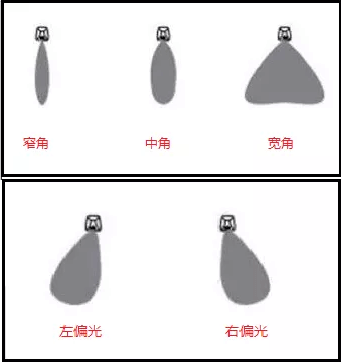
Checking whether the partial light distribution method is also relatively simple, directly slanting the lamp to the wall to see if there is a clear flare, the spot of the partial light, the upper part will be relatively flat (the larger the beam angle, the weaker the bell mouth, When I got to the wall, there was basically no bell mouth.)
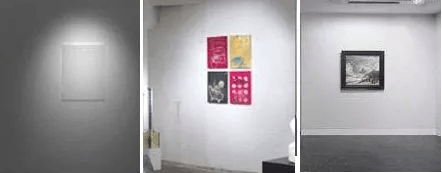
When testing, the farther the lamp is from the wall, the softer the light is. The closer it is, the easier it is to find it. Therefore, we generally choose 0.5 meters to see the light shape. If there are two wall washers, it is easy to see the good or bad.
Specifically, square wall washers are generally better than round ones, and larger exits will be better than small exits.
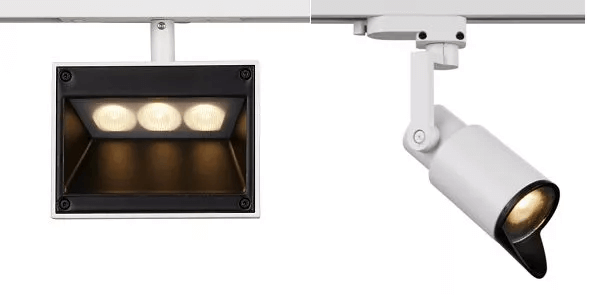
Most of the space is about three meters. The square wall washer is usually used. The opening is relatively large. The light-emitting surface is directly at the lamp socket. The anti-glare angle is basically absent, but this does not cause glare, because people stand behind the lamp when watching.
Such a lamp sometimes forms stray light in smallpox due to its large aperture.
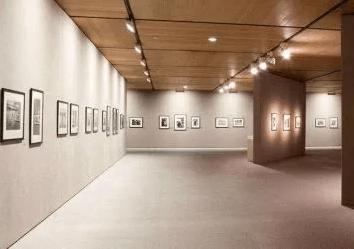
At this time, it can be handled by accessories, or directly use a wall-washing lamp without stray light.

When working, the square wall washer generally does not need to adjust the projection angle of the lamp, and the light exit of the lamp is parallel to the wall surface. The circular wall washer can adjust the projection angle. For a slightly higher wall, if you do not need a strong adjustment surface to wash the wall, you can use around wall washer to cast light on the required wall surface.
When the circular wall washer is commissioned, the angle between the projection direction of the lamp and the vertical plane is 45 degrees, which can be finely adjusted during the implementation. Most round wall washers have a slanting opening that cuts off excess light from the ground.
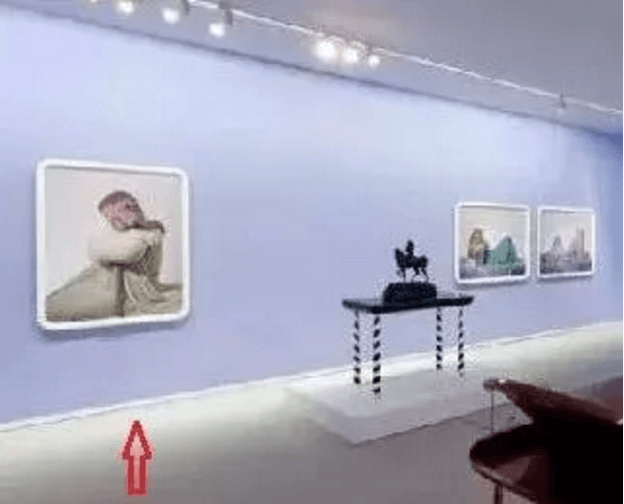
But sometimes the wall does not need to wash the wall on the whole surface, only partial investment, such as banner, strip sculpture.
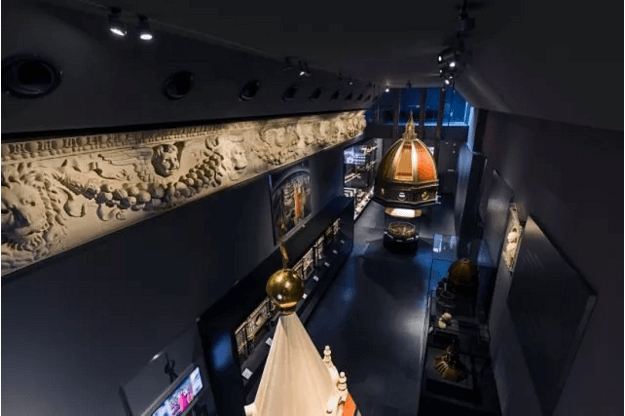
At this time, you can add a light board to the wall washer, or you can use a mid-angle plus polarizer to solve.
As the space of the museum wall is getting higher and higher, we will adopt two methods, one is to wash the wall and the medium angle projection lamp combination, such as 6-10 meters directly using the wall washer to solve, 0-6 meters In the case of the medium beam angle luminaire, since the luminaire is far away from the wall, and the yaw angle of the luminaire is large, the light will be relatively uniform, and a proper wall washing effect can be achieved by proper debugging.

The above picture shows the use of wall-washing with beam angle lamps. The wall washers will wash the walls at the top and match the mid-angle spotlights to wash the picture. It is undeniable that there will be some spot marks on the beam of the middle beam, but because the residual light of the wall washer forms a certain base illumination in the lower part, the spot of the projection lamp is obviously weakened. This combination of the above picture not only emphasizes the picture but also washes the entire wall!
If you encounter embossing, it is recommended to use the wall light directly. The wall lamp cannot be too far away from the wall during installation. Generally, it is 20-70 cm. According to the lamp type and the actual situation, the embossing is still very stereoscopic.
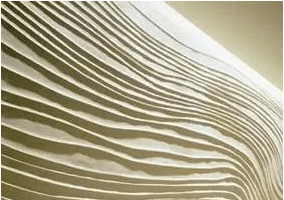
However, if it is a large picture, you need to maintain the flatness of the wall, otherwise, there will be shadows.
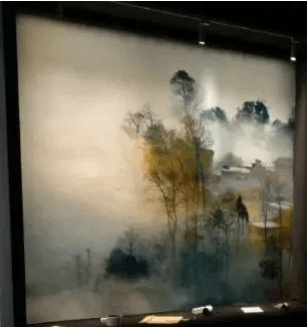
The wall cleaning effect when the wall surface is relatively flat.

The effect of the wall is not flat, then you need to fill the light and eliminate the shadow.
In addition to embossing, in other cases, if you want to evenly wash the wall, you still need a combination of various means. For example, the combination of wall washing and mid-angle, wall cleaning and fill light combination. In the case of combination, the spot will be weakened due to a certain base illumination, but the luminaire is preferably treated with soft light.
It seems that the higher the wall, the more the lighting performance and lighting commissioning level, the need to focus and patience.

